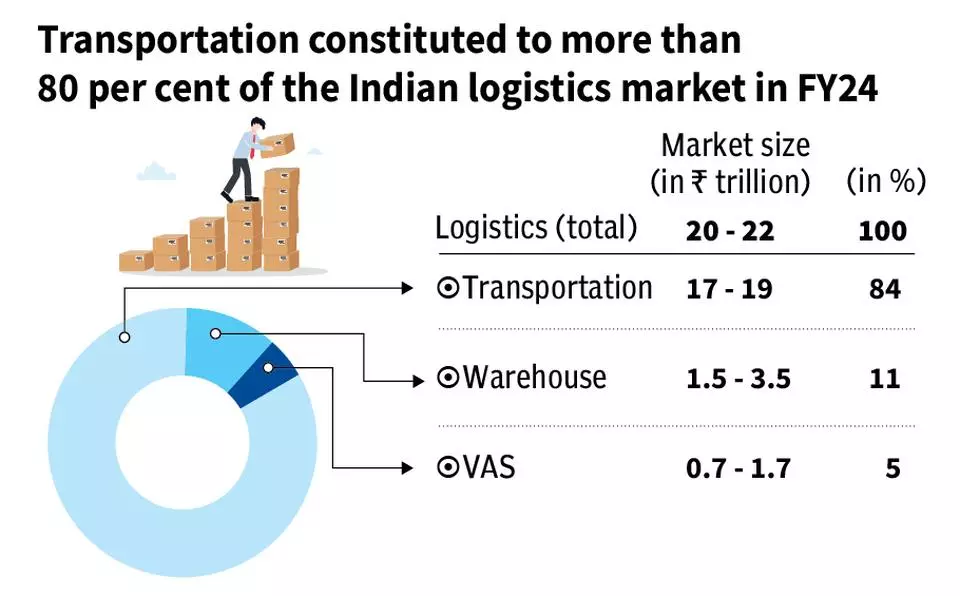India’s logistics sector has been rapidly evolving, experiencing robust growth in recent years. The sector is crucial to the nation’s economy, contributing significantly to trade, commerce, and overall development. With government initiatives, technological advancements, and infrastructure improvements, India’s logistics sector is poised for even greater growth. In this article, we will explore the key drivers fueling this expansion, the challenges it faces, and the steps that can be taken to strengthen it further.
Government Initiatives Boosting India’s Logistics Sector
One of the major factors driving India’s logistics sector is the government’s focus on improving the nation’s logistics infrastructure. Initiatives like the National Logistics Policy (NLP), launched in 2022, aim to reduce logistics costs and improve overall efficiency. In addition, the PM Gati Shakti National Master Plan seeks to enhance multimodal connectivity across various economic zones, making logistics more streamlined and cost-effective.
E-commerce Revolution and India’s Logistics Sector
The e-commerce boom in India has also significantly impacted India’s logistics sector. With more consumers opting for online shopping, the demand for fast and efficient last-mile delivery services has surged. Companies like Delhivery and Rivigo are leading the charge by adopting technology-driven solutions that ensure quick deliveries, transforming the way goods are moved across the country.
Infrastructure Development and Its Role in India’s Logistics Sector
Another critical aspect of India’s logistics sector growth is the government’s investment in infrastructure development. Major projects like the Dedicated Freight Corridor (DFC), improved highways, ports, and airports have drastically reduced transit times and improved connectivity. The National Infrastructure Pipeline (NIP) is further supporting this growth with significant funding allocated to logistics-related infrastructure.
Challenges Facing India’s Logistics Sector
Despite its impressive growth, India’s logistics sector faces several challenges. Infrastructure bottlenecks, such as poor road conditions and congested ports, continue to hinder efficiency. Additionally, the sector remains highly fragmented, with over 90% of the logistics industry still unorganized, leading to inefficiencies in standardization and technology adoption.
Technology and Innovation in India’s Logistics Sector
The integration of advanced technologies like AI, IoT, and blockchain is transforming India’s logistics sector. These innovations are helping companies optimize routes, reduce delivery times, and streamline operations. However, widespread adoption is still a challenge, and the sector needs greater incentives for digitalization to fully unlock its potential.
The Future of India’s Logistics Sector
Looking ahead, India’s logistics sector is expected to continue growing, driven by government initiatives, e-commerce expansion, and technological advancements. However, addressing the challenges of infrastructure, skill gaps, and environmental sustainability will be crucial to making the sector globally competitive and more efficient.
Conclusion
India’s logistics sector is on a promising trajectory, fueled by strategic government initiatives, rapid e-commerce growth, and infrastructure development. By overcoming key challenges such as inefficiencies and technology adoption, the sector can achieve even greater success and play a pivotal role in driving the nation’s economic growth.







